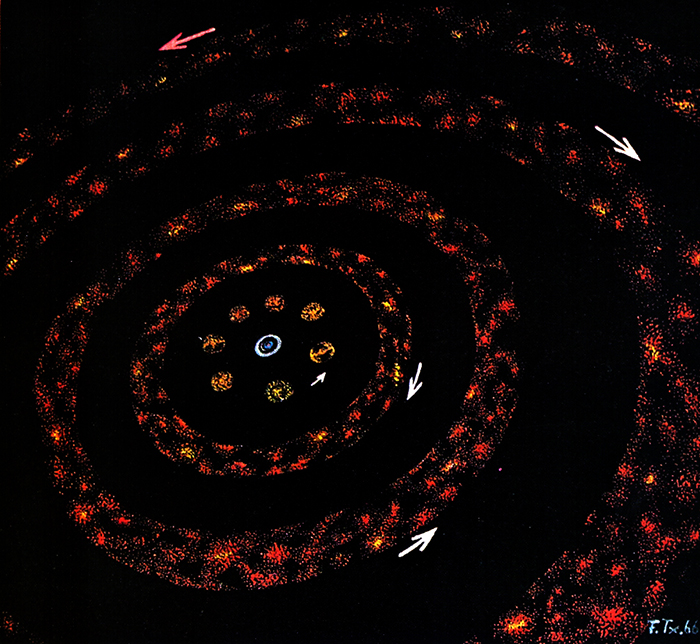A Study of the Master Universe by William S. Sadler, Jr.
After many years of dedicated study and contemplation of the Urantia Papers, William S. Sadler Jr. wrote A Study of the Master Universe to share his deep insights with all who might be interested. His untimely death on November 22, 1963, prevented him from seeing the fruits of his labor in print. No major changes were made in his original work, only minor editing.
